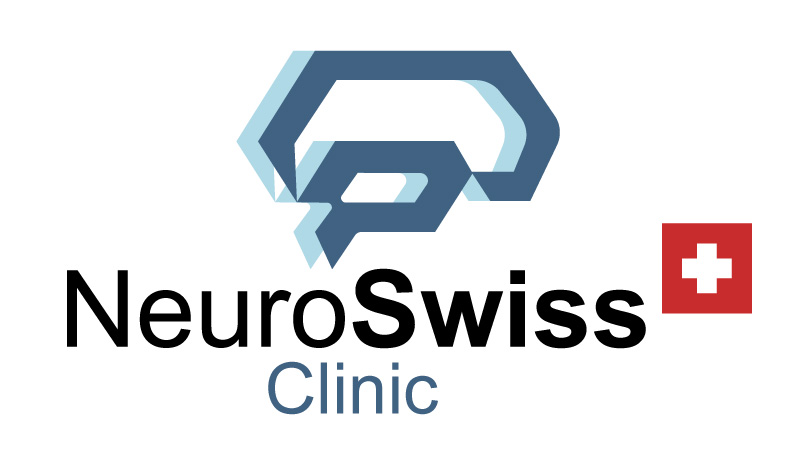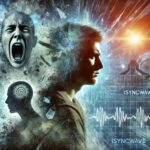Understanding the Impact and Exploring Advanced Treatment Options
Post-Traumatic Stress Disorder (PTSD) is a psychiatric disorder that can occur in people who have experienced or witnessed a traumatic event. Trauma can result from a variety of situations, including accidents, physical or emotional abuse, war, or natural disasters. It is essential to understand the long-lasting effects trauma can have on both the brain and body, as well as the latest therapeutic options available to address these issues.
What is PTSD?
PTSD is a disorder in which a person continues to experience intense emotional and physical reactions long after the traumatic event has passed. According to the American Psychiatric Association (APA), symptoms of PTSD fall into four categories:
- Intrusive thoughts: Flashbacks, nightmares, or distressing memories related to the trauma.
- Avoidance: Efforts to avoid reminders of the traumatic event, including people, places, or activities.
- Negative changes in thinking and mood: Feelings of hopelessness, detachment from others, or memory problems related to the event.
- Hyperarousal: Heightened emotional reactivity, including being easily startled, irritability, difficulty sleeping, or difficulty concentrating.
PTSD can develop soon after trauma or years later, and it can affect people of all ages. Not everyone who experiences trauma will develop PTSD, but factors such as the intensity of the trauma, personal history, and the level of support available can increase the risk.
The Neurobiology of PTSD
Research into the neurobiology of PTSD has revealed significant insights into how trauma affects the brain. Studies have shown that individuals with PTSD often have abnormalities in brain structures such as:
- The amygdala, which processes fear and emotional responses.
- The hippocampus, which plays a role in memory and emotional regulation.
- The prefrontal cortex, responsible for decision-making and controlling impulses.
A 2021 study by Zhu et al. used brain imaging to reveal that individuals with PTSD often have hyperactivity in the amygdala and reduced connectivity between the prefrontal cortex and the hippocampus, contributing to their difficulty in regulating emotional responses and distinguishing between safe and dangerous situations.
Innovative Treatment Approaches: iSyncWave, PBM, and Neurofeedback
Traditional treatments for PTSD include Cognitive Behavioral Therapy (CBT), Eye Movement Desensitization and Reprocessing (EMDR), and medications such as antidepressants and anti-anxiety drugs. However, new approaches utilizing neurotechnology, including iSyncWave, Photobiomodulation (PBM), and Neurofeedback, provide additional tools to address the brain changes caused by trauma.
iSyncWave for PTSD Treatment
The iSyncWave system provides an advanced method of brain mapping through QEEG, allowing clinicians to analyze brainwave patterns associated with PTSD. PTSD is often linked to abnormalities in alpha, beta, and delta brainwave activity, reflecting overactive emotional responses and disrupted sleep patterns.
iSyncWave’s real-time brainwave analysis helps in identifying these patterns and offers neurofeedback sessions that can help regulate brainwave activity. Through consistent neurofeedback training, individuals can learn to reduce hyperarousal and emotional dysregulation, which are key symptoms of PTSD.
Photobiomodulation (PBM) Therapy
PBM therapy uses near-infrared light to stimulate cellular activity, particularly in brain areas affected by trauma. This treatment has shown potential in improving mood, cognitive function, and emotional regulation in people with PTSD. Research suggests that PBM therapy can:
- Promote neuroplasticity, allowing the brain to form new connections and recover from trauma.
- Reduce neuroinflammation, which has been linked to both PTSD and depression.
- Enhance mitochondrial function, improving overall brain health and resilience to stress.
A 2020 study by Salehpour et al. demonstrated that PBM significantly reduced PTSD symptoms, including anxiety, depression, and sleep disturbances, by promoting neurogenesis and improving hippocampal function.
Neurofeedback for PTSD
Neurofeedback is a well-established method for treating PTSD by helping individuals retrain their brain to adopt healthier, more regulated brainwave patterns. A study by Kluetsch et al. (2019) found that neurofeedback significantly reduced symptoms of hyperarousal, intrusive thoughts, and emotional dysregulation in individuals with PTSD.
The iSyncWave system integrates QEEG-guided neurofeedback, allowing for a customized approach to brain training based on each individual’s specific brainwave abnormalities. Over time, this can help individuals regain control over their emotional and physiological responses to trauma.
Conclusion
New technologies such as iSyncWave, Photobiomodulation (PBM), and Neurofeedback are revolutionizing the treatment of PTSD and trauma-related disorders. By directly targeting the brain areas affected by trauma, these approaches provide non-invasive and personalized interventions that can help individuals manage symptoms and heal from their experiences. As research continues, these treatments are showing great promise in improving the lives of people living with PTSD.
References
- Zhu, X., et al. (2021). “Altered amygdala connectivity in posttraumatic stress disorder.” The Journal of Neuroscience, 41(12), 2713-2724.
- Salehpour, F., et al. (2020). “Photobiomodulation therapy for cognitive and emotional disorders: A review of mechanisms and applications in PTSD.” Neuroscience Letters, 720, 134742.
- Kluetsch, R., et al. (2019). “Neurofeedback in PTSD treatment: A comprehensive review of effectiveness.” Frontiers in Psychology, 10, 444.
- Pitman, R. K., et al. (2017). “Biological findings in post-traumatic stress disorder: Implications for treatment.” Psychiatric Times, 34(4), 38-45.
- Fitzgerald, P. B., et al. (2018). “Neuromodulation approaches to PTSD treatment: A review of brain stimulation and neurofeedback.” Brain Stimulation, 11(2), 257-265.

